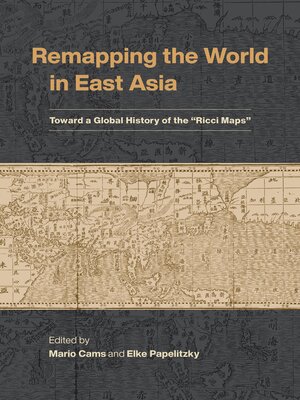
Sign up to save your library
With an OverDrive account, you can save your favorite libraries for at-a-glance information about availability. Find out more about OverDrive accounts.
Find this title in Libby, the library reading app by OverDrive.



Search for a digital library with this title
Title found at these libraries:
| Loading... |
When European missionaries arrived in East Asia in the sixteenth century, they entered ongoing conversations about cosmology and world geography. Soon after, intellectuals in Ming China, Edo Japan, and Joseon Korea selectively encompassed elements of the late Renaissance worldview, leading to the creation of new artifacts that mitigated old and new knowledge in creative ways. Simultaneously, missionaries and their collaborators transcribed, replicated, and recombined from East Asian artifacts and informed European audiences about the newly discovered lands known as the "Far East." All these new artifacts enjoyed long afterlives that ensured the continuous remapping of the world in the following decades and centuries.
Focusing on artifacts, this expansively illustrated volume tells the story of a meeting of worldviews. Tracing the connections emanating from each artifact, the authors illuminate how every map, globe, or book was shaped by the intellectual, social, and material cultures of East Asia, while connecting multiple global centers of learning and print culture. Crossing both historical and historiographical boundaries reveals how this series of artifacts embody a continuous and globally connected process of mapping the world, rather than a grand encounter between East and West.
As such, this book rewrites the narrative surrounding the so-called "Ricci Maps," which assumes that one Jesuit missionary brought scientific cartography to East Asia by translating and adapting a Renaissance world map. It argues for a revision of that narrative by emphasizing process and connectivity, displacing the European missionary and "his map" as central actors that supposedly bridged a formidable civilizational divide between Europe and China. Rather than a single map authored by a European missionary, a series of materially different artifacts were created as a result of discussions between the Jesuit Matteo Ricci and his Chinese contacts during the last decades of Ming rule. Each of these gave rise to the production of new artifacts that embodied broader intellectual conversations. By presenting eleven original chapters by Asian, European, and American scholars, this work covers an extensive range of artifacts and crosses boundaries between China, Japan, Korea, and the global pathways that connected them to the other end of the Eurasian landmass.






